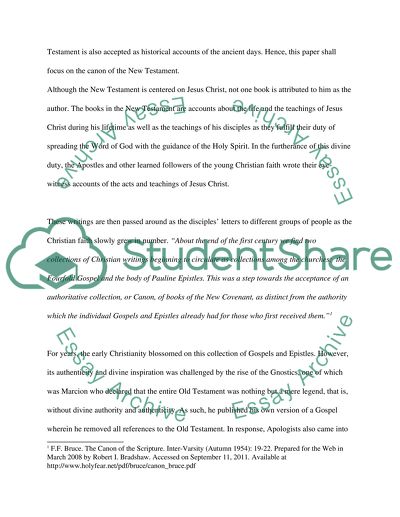Cite this document
(“The Foundation of Orthodoxy and the Canon Research Paper”, n.d.)
The Foundation of Orthodoxy and the Canon Research Paper. Retrieved from https://studentshare.org/religion-and-theology/1431494-the-foundation-of-orthodoxy-and-the-canon
The Foundation of Orthodoxy and the Canon Research Paper. Retrieved from https://studentshare.org/religion-and-theology/1431494-the-foundation-of-orthodoxy-and-the-canon
(The Foundation of Orthodoxy and the Canon Research Paper)
The Foundation of Orthodoxy and the Canon Research Paper. https://studentshare.org/religion-and-theology/1431494-the-foundation-of-orthodoxy-and-the-canon.
The Foundation of Orthodoxy and the Canon Research Paper. https://studentshare.org/religion-and-theology/1431494-the-foundation-of-orthodoxy-and-the-canon.
“The Foundation of Orthodoxy and the Canon Research Paper”, n.d. https://studentshare.org/religion-and-theology/1431494-the-foundation-of-orthodoxy-and-the-canon.


